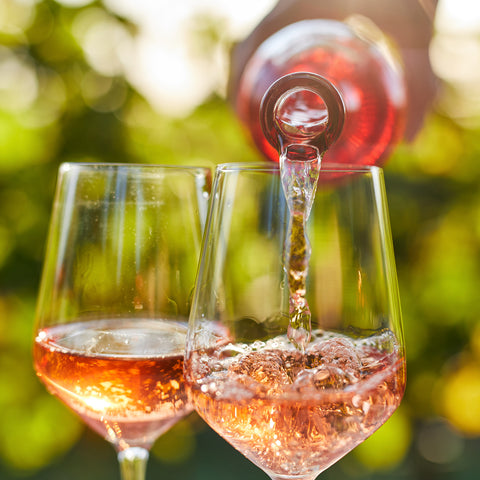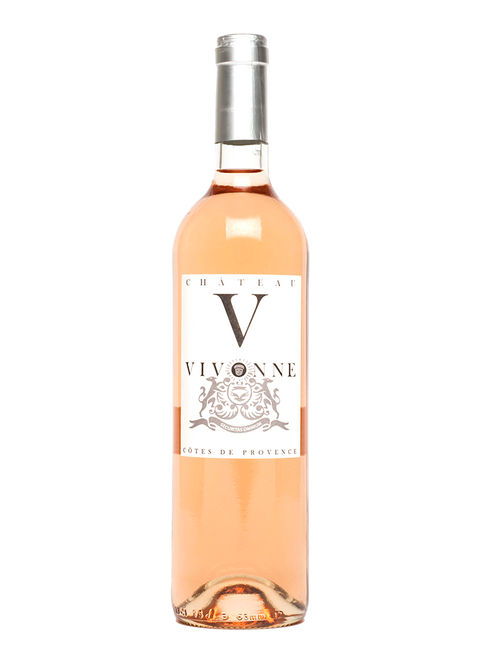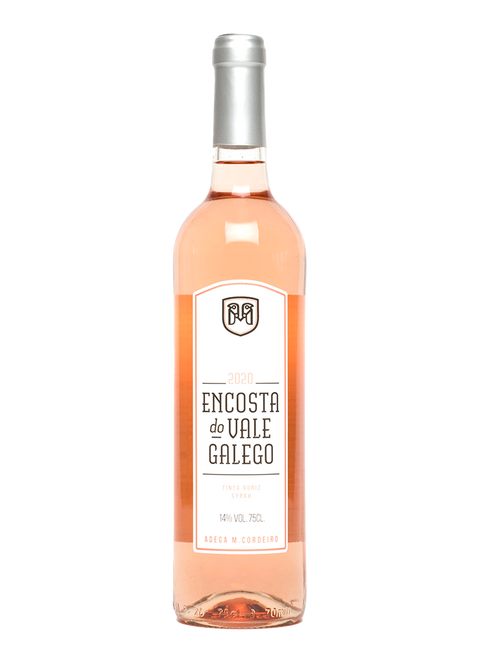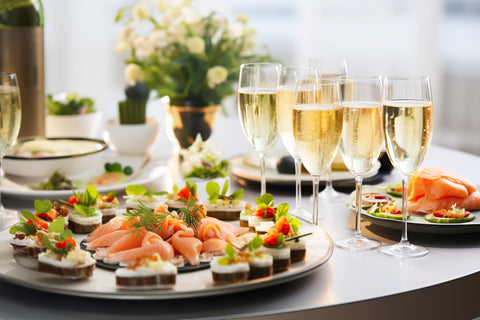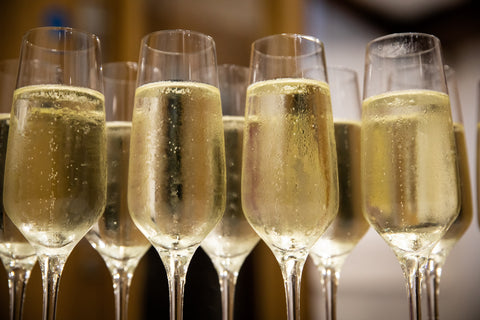Is Rosé a serious wine?
June 22nd, 2024 | Mary Domange
The perception of rosé as a lightweight wine, derided as "Lady Diesel" and considered frivolous rather than sophisticated, is a relatively new phenomenon and is not, in fact, supported by history. There's a lot more to this popular pink wine than meets the eye.
The long history of Rosé
Many of the first wines ever made were what we now consider to be rosé, typically pink in colour due to the blending of red and white grapes. Dark red wines were often watered down and people were discouraged from drinking them any other way. The Spartan King Cleomenes I subscribed to the common belief that only barbarians drank undiluted wine. (He also attributed his own insanity and subsequent downfall to his indulgence in this guilty pleasure!)
When wines began to be made from individual grape varieties of the same colour, they were often harsh, as early maceration and fermentation methods lacked the subtleties of modern winemaking. Therefore, a lighter-coloured, clear, pinky red wine was always considered more stylish and palatable than the rich, dark reds we are so familiar with today.
The Romans considered rosé the most desirable wine of all and it was largely reserved for the wealthy. They brought their winemaking expertise to Provence, starting a centuries-long tradition of rosé production in the region that continues to this day.
The origins of the word "Claret" for red Bordeaux wines are debated, but many believe it derives from the lighter reds of the region, possibly from the Latin "claritas," meaning clarity. In the 18th century, lighter-colored wines were often more expensive. Serious connoisseurs extolled the virtues of lighter reds and rosé wines. As Samuel Johnson famously said, "He who aspires to be a serious wine drinker must drink Claret."
In the 19th century, rosé was associated with social standing. It had to be drunk young and couldn't linger in a cellar, making it an indication of its owner’s healthy cash flow. It was frequently served at the tables of the super-rich as a sign of their success.
How did Rosé wine get a bad rap?
The image of rosé was transformed in 1943 when Portuguese businessman and winemaker Fernando van Zeller Guedes created the iconic brand Mateus. An American wine importer, Henry Behar, collaborated with Guedes to make a slightly sweeter version for the American market, based on the local Faisca. Ad campaigns for Mateus featured everyone from Jimi Hendrix to Queen Elizabeth, and they expanded their market to unprecedented levels during the 1970s. The wines became synonymous with cheap and cheerful and some pretty awful hangovers.
The explosion of Mateus and similar brands, which produced cheaper, easy-drinking wines, created untold damage to the many serious producers of high-quality rosé, especially those in Provence and led to the stereotype of rosé as a wine for the uninitiated.
Why is Rosé wine gaining popularity?
Happily, the tide is starting to change, with the emergence of some highly sought after bottles at the top end of the fine wine gamut – coming from Gerard Bertrand at Clos du Temple and Chateau d’Esclans “Garrus”. Each of these retails at around £200 per bottle.
Sacha Lichine, the president of Chateau d’Escalans, was a man on a mission to improve the image of rosé worldwide and is also responsible for the big brand, much hyped Whispering Angel – which, love it or hate it – has gone some way towards improving the status of Rosé as a serious wine.
The return of Rosé wine
In any event, it’s certainly helped to give winemakers their confidence back in producing rosé wines of quality and personality, while not fearing that they will not be able to recoup their costs.
Rosé wine with food
The famous American chef and food-writer Julia Child famously commented that “Rosé can be served with anything” and it is perhaps this aspect of the wine that is most appealing.
There is almost no dish that won’t work with a good rosé – but favourite combinations include anything spicy, fish and shellfish, tapas, paella, pasta with creamy sauces or vegetables, chickpeas, feta cheese, chicken and veal. I’d draw the line at a hunk of steak – but I wouldn’t frown on a glass of rose with a burger.
And the good news is, you don’t need to spend £200 to get a bottle of Rosé that is fit for a king.

